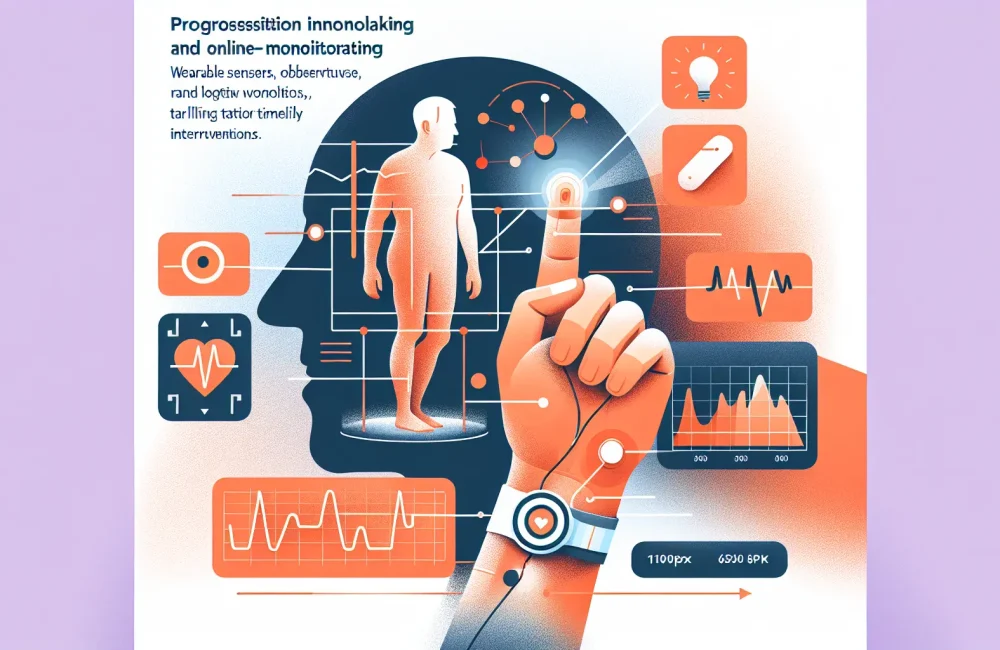By CAFMI AI From npj Parkinson’s Disease (Open Access)
Revolutionizing Parkinson’s Disease Monitoring with Wearable Technologies
Parkinson’s disease (PD) presents a complex clinical picture marked by fluctuating motor and non-motor symptoms, which traditional clinical evaluations often fail to capture adequately. Recent innovations in digital technologies have introduced significant advancements in how these symptoms are monitored and managed. Wearable sensors are at the forefront, enabling continuous and objective monitoring of key motor symptoms such as tremor, bradykinesia, and gait abnormalities. These devices provide a dynamic view of patients’ health status, capturing the temporal variability of PD symptoms that standard intermittent clinical assessments cannot reliably detect. By continuously tracking movement patterns, these sensors allow clinicians to obtain a more precise picture of disease progression and symptom fluctuations, facilitating timely and tailored interventions. This real-time monitoring holds promise in improving personalized care plans and optimizing therapeutic efficacy for patients.
Overcoming Technical and Regulatory Hurdles for Clinical Integration
Despite the promise of digital health tools in Parkinson’s care, several technical and systemic barriers limit their widespread adoption. Among technical challenges, sensor reliability and data quality remain pivotal issues affecting the accuracy and usability of collected information. Problems such as device battery life further complicate continuous monitoring efforts, raising concerns about the feasibility of long-term use in routine clinical practice. Data privacy and security also pose critical concerns, particularly as sensitive patient data are collected outside controlled clinical environments, necessitating robust safeguards to protect personal health information. Interoperability between diverse digital platforms and healthcare systems is currently insufficient, impeding the seamless integration of digital tools into existing clinical workflows. Furthermore, regulatory frameworks for the approval and reimbursement of these digital solutions are still developing, creating uncertainty around their clinical legitimacy and financial viability. Addressing these challenges requires coordinated efforts among device manufacturers, healthcare providers, policymakers, and regulatory bodies to establish clear standards and facilitate effective implementation.
Bridging the Digital Divide and Enhancing Validation for Broader Impact
Equitable access to digital health technologies is a significant concern, particularly for patients in resource-limited settings or those with low technological literacy. Without targeted strategies, these groups risk being underserved as Parkinson’s care increasingly incorporates sophisticated digital tools. Ensuring inclusivity necessitates developing user-friendly devices, providing education and support for patients and caregivers, and considering socioeconomic factors in deployment strategies. Rigorous clinical validation remains paramount to ascertain the efficacy, safety, and cost-effectiveness of these innovations. Large-scale studies are essential to build the evidence base required for guideline incorporation and reimbursement decisions, influencing primary care workflows and clinical decision-making. Multidisciplinary collaboration involving clinicians, engineers, data scientists, regulators, and patients themselves is critical to overcoming barriers and realizing the full potential of digital technologies in transforming Parkinson’s disease management. Ultimately, these efforts will enable enhanced monitoring, early detection of disease progression, and the tailoring of personalized therapeutic interventions, significantly improving quality of life for patients with Parkinson’s disease.
Read The Original Publication Here






